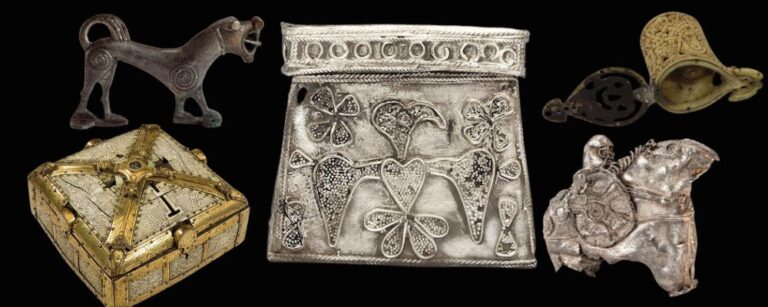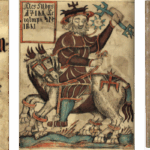We dedicate quite a bit of column space to Viking treasures since these artifacts often inspire pieces in our collection.
Most of the objects from the Viking Age that we have shared come from the Viking world Norway, Sweden, Denmark, Iceland, Greenland, and North Sea islands and the regions where the Vikings had a great deal of influence, including England, Ireland, and France.
But while the vast majority of Viking treasures that survive today were found within this Viking sphere of influence, many more fascinating objects have been found in far-flung locations.
Not only do they demonstrate just how far-reaching Viking influence was, but some are just spectacular.
In this article, we will look at 10 Viking archaeological finds from distant shores.
1. San Isidoro – Spain
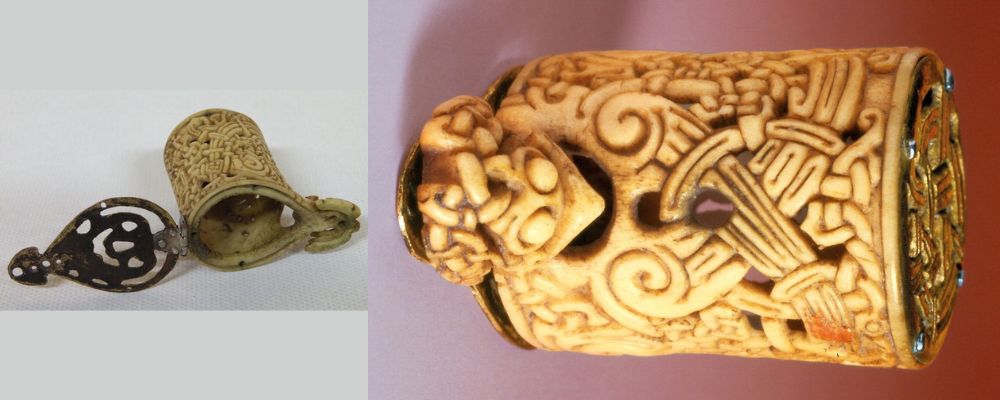
While we know that the Vikings raided along the Spanish coast as they made their way into the Mediterranean towards Rome, there is minimal archaeological evidence for their presence there.
This tiny and intricately decorated container is a rare exception.
The cylindrical container dates from the 10th century and is primarily carved from deer antler.
It has a protruding ear at the top and a hinged lid.
It is decorated in the Ringerike style and shows typical bestial animals with elongated limbs that wrap around to form elaborate patterns.
The ear may represent the head of a raven, the bird sacred to Odin.
It is unclear how the Viking-made object fell into Spanish hands, but it survived history because it was used as a reliquary.
2. Bodzia – Poland
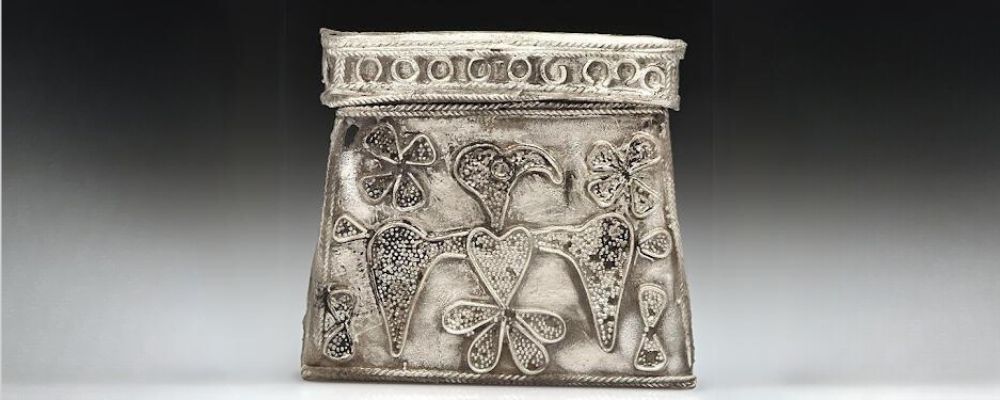
The Vikings were active in Poland as both traders and settlers.
A cemetery consisting entirely of well-appointed chamber graves was recently excavated at Bodzia, near the Vistula River.
Dating to the 10th century, the buried have been identified as Viking invaders based on DNA and the nature of the artifacts.
Among the grave goods were swords and axes, and one of the dead men seems to have had a recently broken jaw.
Another interesting find from one of the graves was a silver amulet featuring the image of a bird, which, again, might be meant to represent one of the ravens of Odin.
3. Cieple – Poland
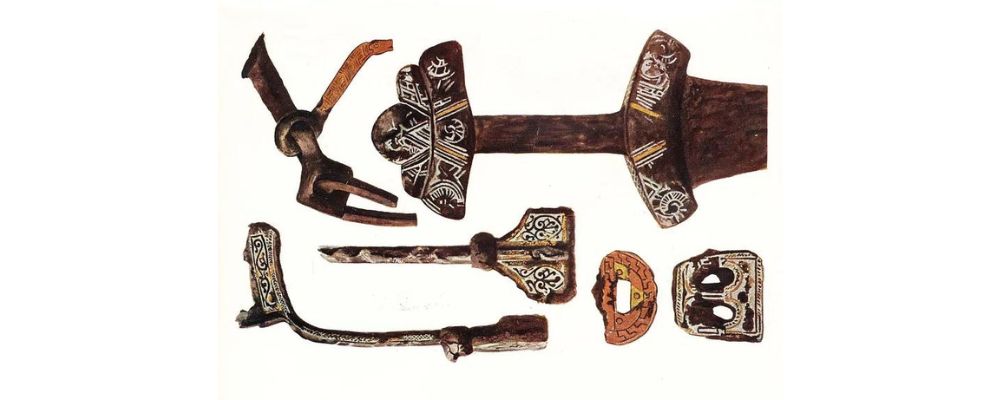
The graves of four knights from the 11th century have been discovered at Cieple in Poland, and DNA analysis suggests that the buried men hailed from Denmark.
They were buried with swords, spears, daggers, and full sets of equestrian equipment such as stirrups, bits, and buckles.
The graves also contained more mundane goods such as coins, utensils, weights and scales, combs, and metal decorations.
4. Kamen Pomorski, Poland
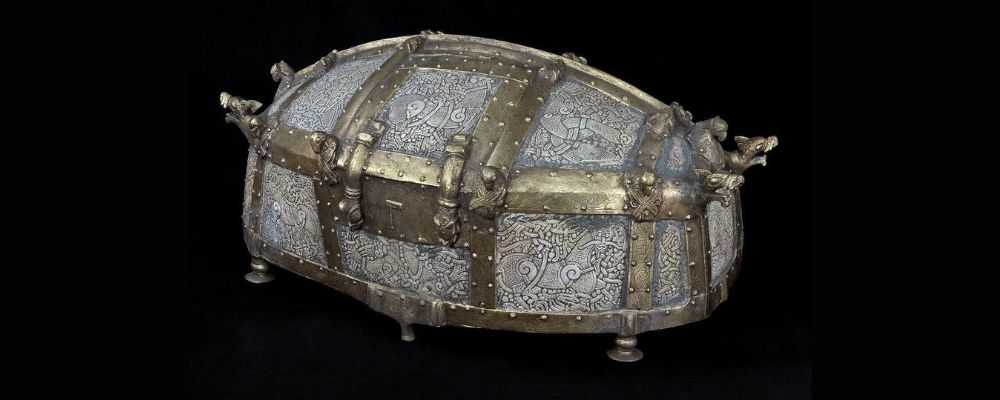
This incredible Cammin casket was made in the 10th century and used as a reliquary for Saint Cordula.
It was probably a gift from a Danish or Norwegian king to a local ally.
This is a replica as the original was lost in World War II.
The ivory panels of the casket are decorated in Mammen style with many equestrian images.
There are wolf and raven head details on the gold sections that reference two animals sacred to Odin.
Again, it survives because it was adapted for Christian use as a reliquary.
5. Munich – Germany

The Bamberg Casket is very similar to the Cammin Casket in origin and style, except that it was found near Munich, Germany.
It is an oak-wood box covered in walrus ivory and bronze. Decorated in the Mammen style, it features equestrian images and helmeted warrior heads usually associated with Odin.
It also features the same raven and wolf details in the bronze sections.
It was probably made in Sweden in the 10th century.
6. Novgorod to Kiev – Russia
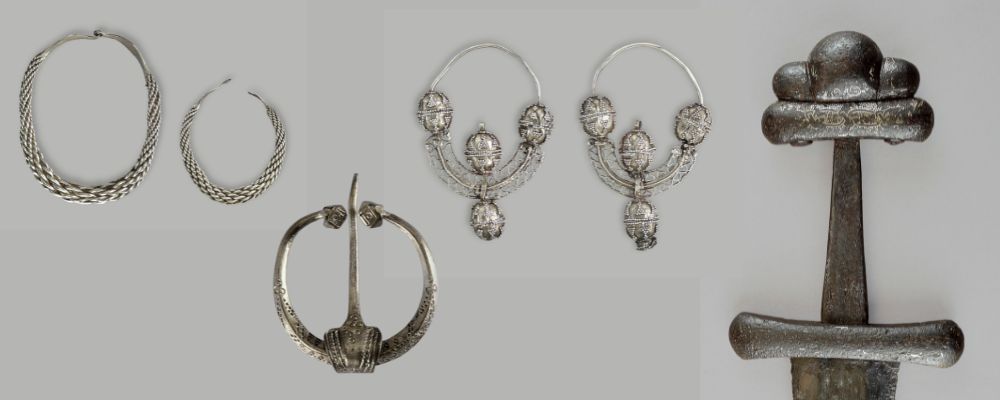
While Danish Vikings were raiding the British Isles and Norwegian Vikings were colonizing Greenland and Iceland, the Swedish Vikings were looking east.
They were sailing in the Baltic as early as 750, and two fascinating ships have been found at Salme in Estonia.
We posted an analysis of this archaeological find recently.
They settled in various areas of Russia and became known as the Kievan Rus, so naturally, Viking artifacts have been found across Russia.
Among some of the most interesting treasures, which were recently displayed at the Moesgaard Museum in Denmark, was a variety of silver jewelry and a very well-preserved sword.
7. Istanbul – Turkey
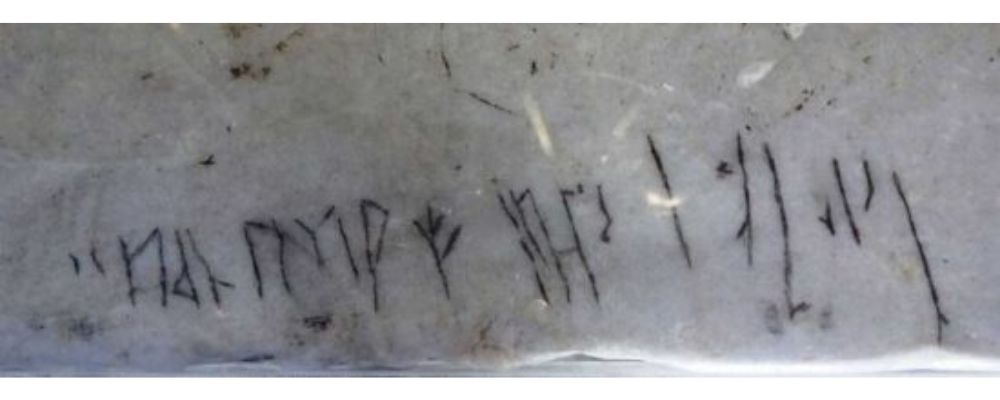
We know that the Vikings had contact with the Byzantine Empire as the famous Varangian Guard of the Byzantine Emperor was populated by Viking warriors.
At least one set foot in the famous Hagia Sophia in Constantinople, now Istanbul, as a runic inscription with the name “Halvdan” has been found etched into the world.
Just an example of a Viking leaving a “Halfdan was here” graffiti for future generations to find.
8. Newfoundland and Labrador – Canada
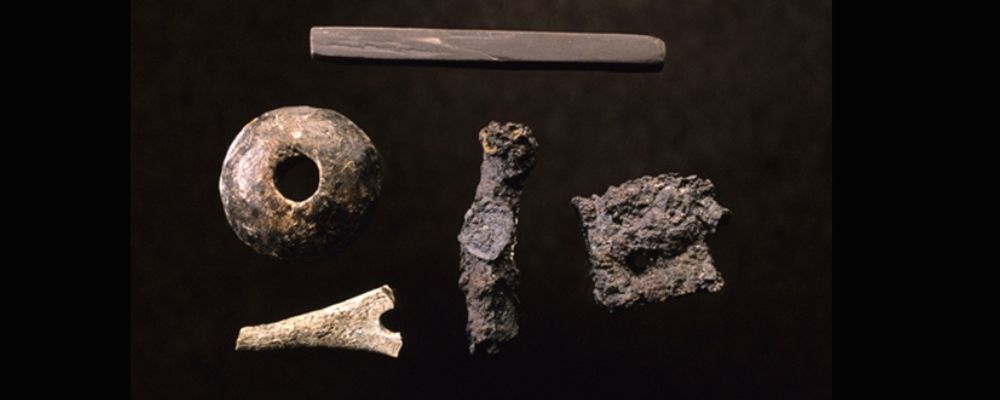
The Vikings famously traveled to Canada around the year 1000 to a place that they called Vinland, which has now been identified as the Newfoundland and Labrador area.
A settlement has been found at L’Anse aux Meadows.
It seems to have been occupied by between 30-160 people between the years 950 and 1050, but it does seem to have been a temporary settlement as no burials have been found in the area.
At the site, archaeologists have found 800 wooden, bronze, bone, and stone artifacts.
Among them were fragments of jasper imported from Greenland and Iceland to light fires, a bone needle, whetstone, and soapstone spindle whorl, and a bronze ring pin from a brooch among other things.
9. Ontario – Canada
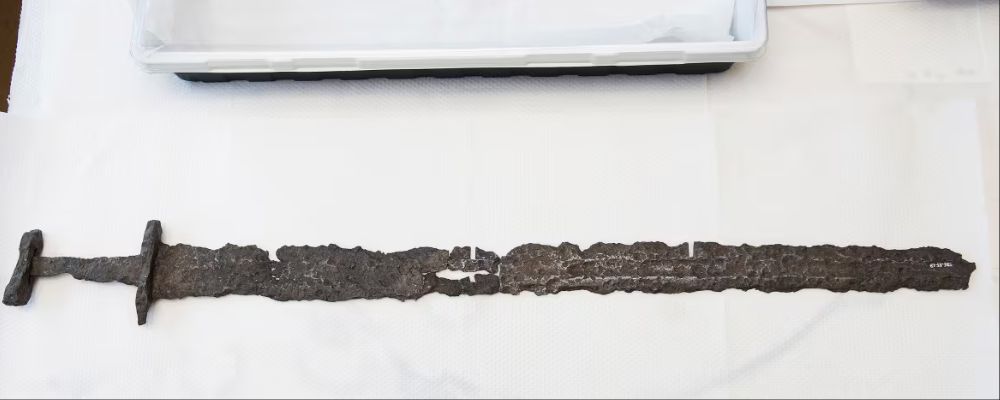
In the 1930s the Museum of Ontario brought a Viking sword from a man from Port Arthur who claimed to have found it near Beardmore.
For a while, this was considered evidence that the Vikings had explored the area.
While the sword is probably genuine, its find provenance is highly questionable.
When the finder’s stepson was questioned 50 years later, he said that they had tenants who came over from Norway, and they may have given his stepfather the sword to pay a debt.
10. Michigan – United States
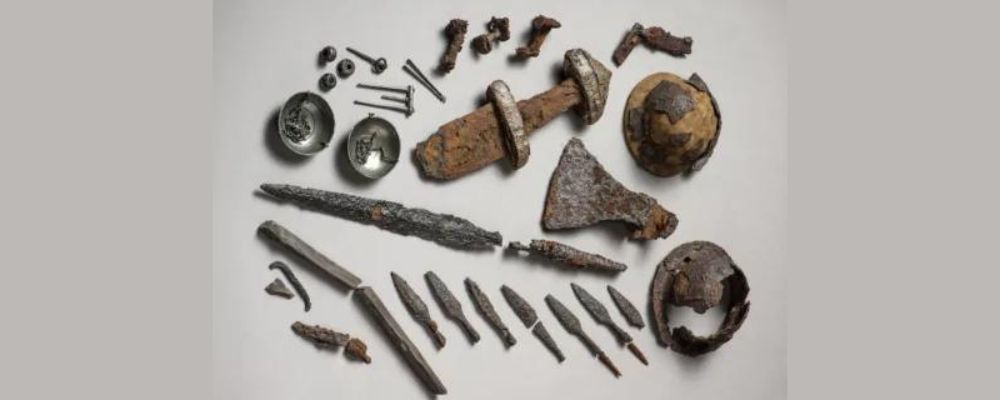
Recently, 194 apparently Norse artifacts were found on the coast of Lake Huron, one of the Great Lakes.
Excavated by amateur archaeologists, the find includes a sword, an ax, silver buttons, a balance scale, and hair combs.
The lack of context makes it difficult to date the find or determine how it made its way there.
Is it early evidence of the Vikings in the United States ?
